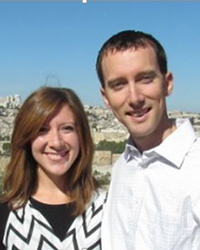

by Trent and Rebekah Dutton
Synopsis: The Mount of Olives served as an entry and exit point for Jerusalem, a cemetery for the Jewish faithful, and a quiet place for Christ to commune with His Father. The Old and New Testaments ascribe notable significance to this mountain.
From our last article highlighting the Western Wall, we remain in Jerusalem and travel eastward, just across the Kidron valley. The Mount of Olives, like the Western Wall, is so ingrained into the city landscape, it is often trodden upon and used as a viewing platform without its significance being recognized. It crosses the oft-blurred line of geographical site and a location with archaeological s ignificance. From an archaeological perspective, the mount is not well known for digs, but rather for the archaeology you can see from its vantage point: the Davidson Archeological Park (Western Wall complex), the City of David, the Temple Mount, the Old City of Jerusalem, and so much more.
As you may expect, the Hebrew name of this mount is a toponym derived from the mountain’s groves of olive trees, many of which are very old, possibly ancient. The garden located at The Church of All Nations likely contains the most famous trees in religious history and tradition, namely, those that stood in the garden where Jesus prayed. Regardless of whether or not this site equates with Gethsemane, it certainly provides the context, views, and setting that harken back to Christ’s final days and the landscape on which the Passion narrative played out.
For thousands of years, the western and southern faces of the Mount of Olives have been covered by a massive, ever-expanding cemetery. The Kidron valley separates this city of the dead from the living city of Jerusalem. In the Jewish concept of the end of days, the Mount of Olives is a place of honor in the resurrection and day of judgment. Significant Old Testament references, traditional Jewish writings, and ancient burial chambers reinforce these concepts.
Early biblical references to Mt. Olivet occur in the narrative of Absalom’s rebellion, where the mountain serves as David’s escape route from the city (2 Sam. 15). The mount is also referenced in prophetic imagery in the 14th chapter of Zechariah when the mountain moves to divide itself and provide a path of escape. In Ezekiel 11:23, it is connected with the presence of God departing from Jerusalem. The mountain mentioned to the east side of the city in that context would be the Mount of Olives. The New Testament also references the mountain in multiple instances of Christ’s life. As a literary parallel to David’s defeated flight from Jerusalem over the mountain, Matthew 21:1 and Mark 11:1 describe Jesus retracing David’s steps in His triumphal entry as a King. Later, in Mark 14:26 and Luke 22:39, its gardens served as a place where Christ habitually gathered with His disciples.
It is interesting to note how often, directly or indirectly, crossing over the Mount of Olives serves as a motif for escape. Consider the narrative of 2 Kings 25, where Zedekiah flees from Nebuchadnezzar at the fall of Judah. While the passage does not mention the Mount of Olives or the mount east of the city, yet when the men of war and the king escape “by way of the gate between the two walls,” they are overtaken in the plains of Jericho. Chart the route and destination: they exited Jerusalem and would have traveled up or around the Mount of Olives to begin the journey to the plains. If you are going to the plains of Jericho in this scenario, Jericho is not your stopping place—you are headed for the fords of the Jordan to escape. Significantly, then, when Christ prayed that the cup might be taken from him, where was He? He was on the Mount of Olives, an exit point from the city. From the early references of 2 Samuel, the prophetic imagery of God’s presence leaving Jerusalem, to New Testament trails up and over the mountain, Christ knew this place as one step removed from the city and a potential way of escape.
This is one more instance where the Mount of Olives stands as a prominent artifact of the biblical narrative. It is a location revered over time, providing the context for many significant episodes recorded in the biblical text. The crowning event is that of Christ’s activities on the mount, and the event that did not happen. Christ did not utilize this exit point from the city as a way of escape, but a platform from which to continue His mission. He brought us salvation, just across the Kidron valley, at a location outside the city wall, a place He would have seen from this mount.
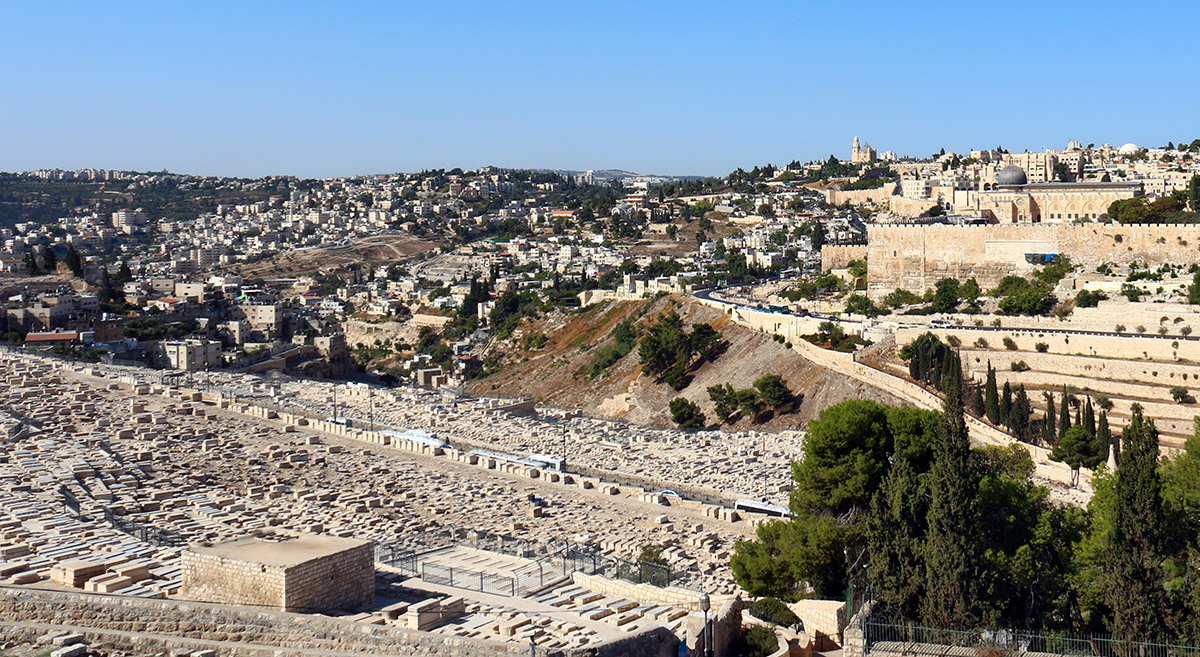
Image-1 Caption: Looking from the Mount of Olives over the Kidron valley, with hundreds of whitewashed tombs.
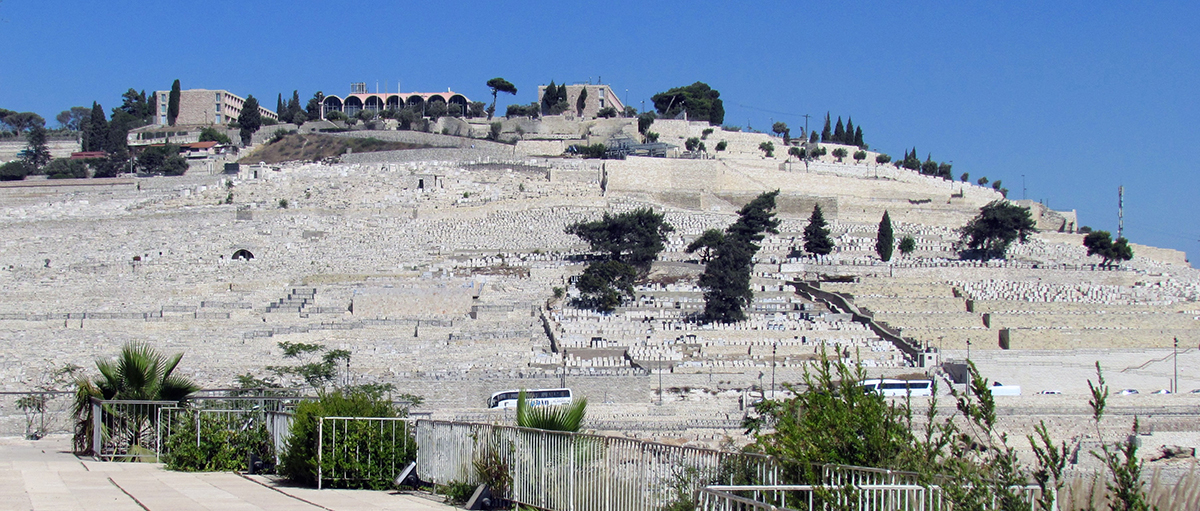
Image-2 Caption: Looking up the Mount of Olives hillside, completely covered in whitewashed tombs.
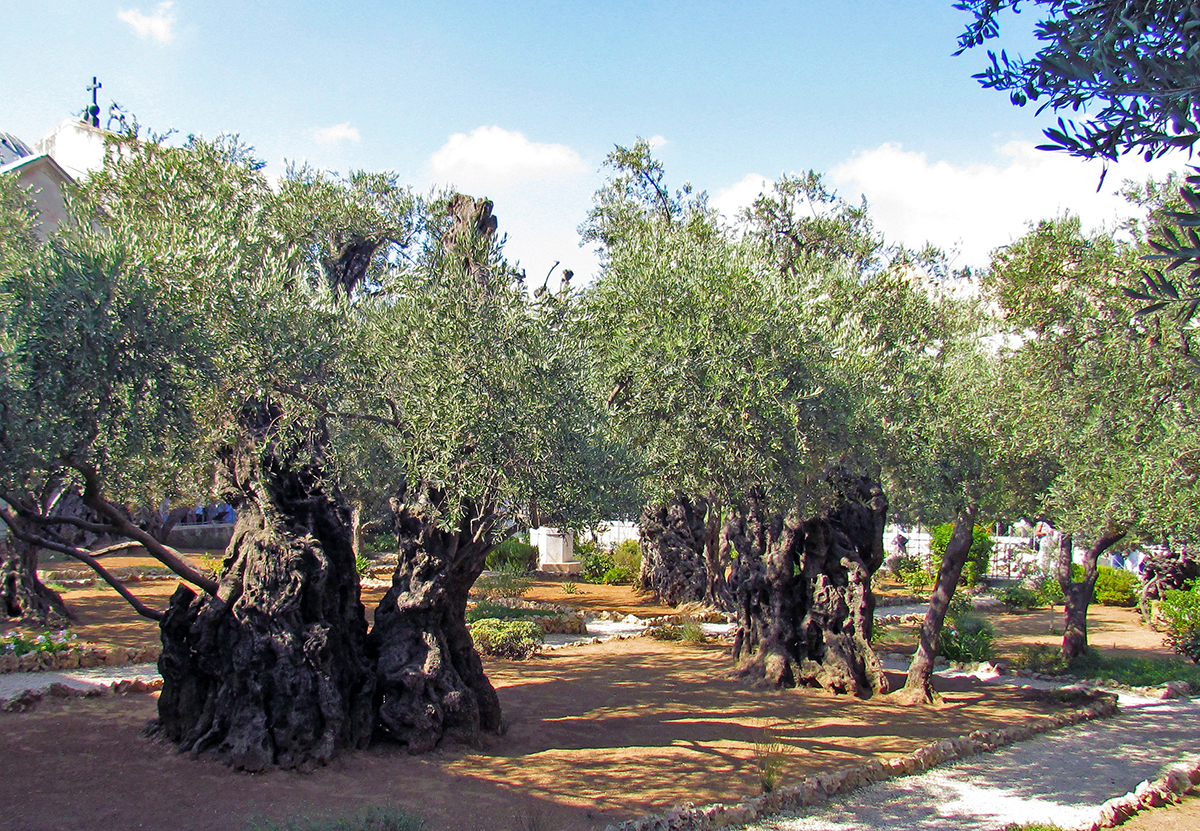
Image-3 Caption: Olive trees from the traditional site of Christ’s prayer in the garden.
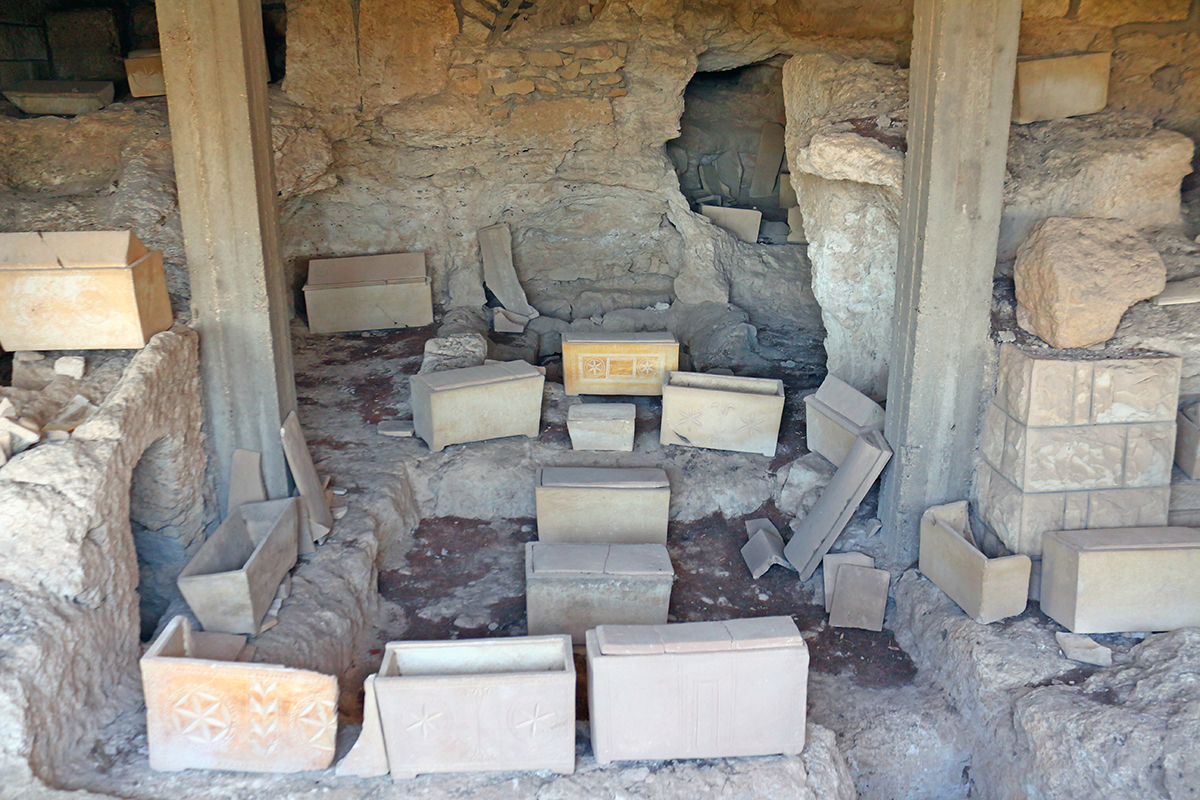
Image-4 Caption: Ossuaries and rock cut tombs from a burial cavern on the Mount of Olives.
Trent and Rebekah Dutton both hold Master’s degrees in Biblical Archaeology from Wheaton College, in the Chicago, IL, area. They have participated in four full excavation seasons with The Leon Levy Expedition to Ashkelon, two seasons at Tel Shimron in the Jezreel Valley, and one season at Tel Burna in the Shephelah. They are members of the Eastside church of Christ in Athens, AL. They can be reached at trentdutton@gmail.com.